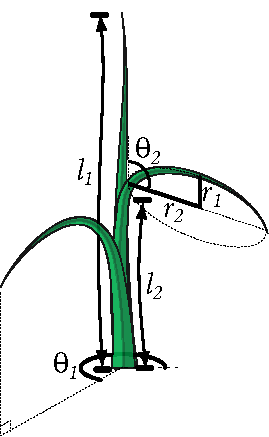




2011, Jun–
Feeding a growing world population requires that we produce more food using fewer resources. Of the world’s more than 50; 000 edible plants, just 3 provide more than 60% of the world’s food energy intake [9]. These are rice, maize and wheat: all cereals. Increasing the yield of these cereals, particularly under marginal environmental conditions, could significantly increase the amount of food available world-wide. The impact of increasing yield under marginal conditions is not only that existing agricultural land might be more productive, but also that land and water which is currently unsuitable for agriculture might be rendered viable for food production.
In order to increase crop yield, a better understanding is required of the relationship between a plant’s genotype and its response to adverse conditions. In theory, this can be achieved by systematically varying the plant genotype, growing each variation to maturity under controlled conditions, and measuring the resulting yield. However the complexity of the plant genome, and the length of time required to fully grow each plant, make this approach infeasible.
One way to accelerate this method is to not grow each plant to maturity, but rather to predict yield based on a collection of observable attributes earlier in the plant’s lifespan (for example, number and length of leaves). The remaining problem is then to measure each of these attributes for each of the thousands of specimens that must be grown to capture adequate variation in the plant genotype.
This project aims to give biologists the means to automatically measure plant attributes in order to predict the food yield of cereal crops. This will be achieved by developing image-based plant analysis technologies capable of segmenting plant images into their constituent parts, and then measuring the properties of each of these parts. Additionally, the variation in these measurements as a plant grows is captured automatically.